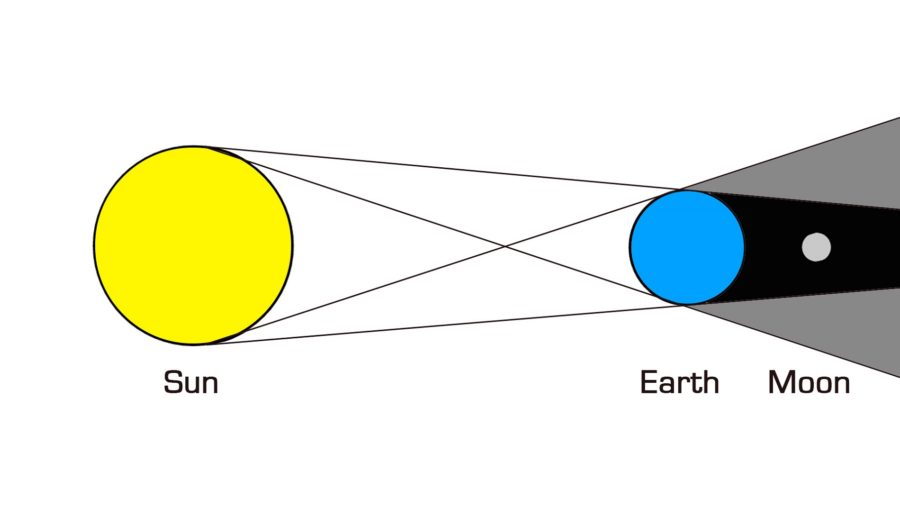Look no further than this collection of lunar eclipse diagrams to help you study more about the natural phenomenon. With a total of 5 diagrams, have a quick learn at the how the lunar eclipse occurs. We’ll start by giving you the solar eclipse to give you a sense comparison.

A total solar eclipse occurs when the new Moon passes between the Sun and the Earth, and totally blocks out the Sun. Meanwhile, a lunar eclipse occurs when the Moon passes directly behind the Earth into its umbra (shadow). This can occur only when the sun, Earth, and moon are aligned exactly, or very closely so, with the Earth in the middle. Hence, a lunar eclipse can occur only the night of a full moon. Now let’s take a look at the lunar eclipse diagram below.


When an eclipse of the Moon takes place, everyone on the night side of Earth can see it. About 35% of all eclipses are of the penumbral type which are very difficult to detect, even with a telescope. Another 30% are partial eclipses which are easy to see with the unaided eye. The final 35% or so are total eclipses, and these are quite extraordinary events to behold.


Because of its reddish color, a total lunar eclipse is sometimes called a blood moon. All the diagrams provided are available in downloadable images. Check back soon for the ever growing printable educational diagrams!